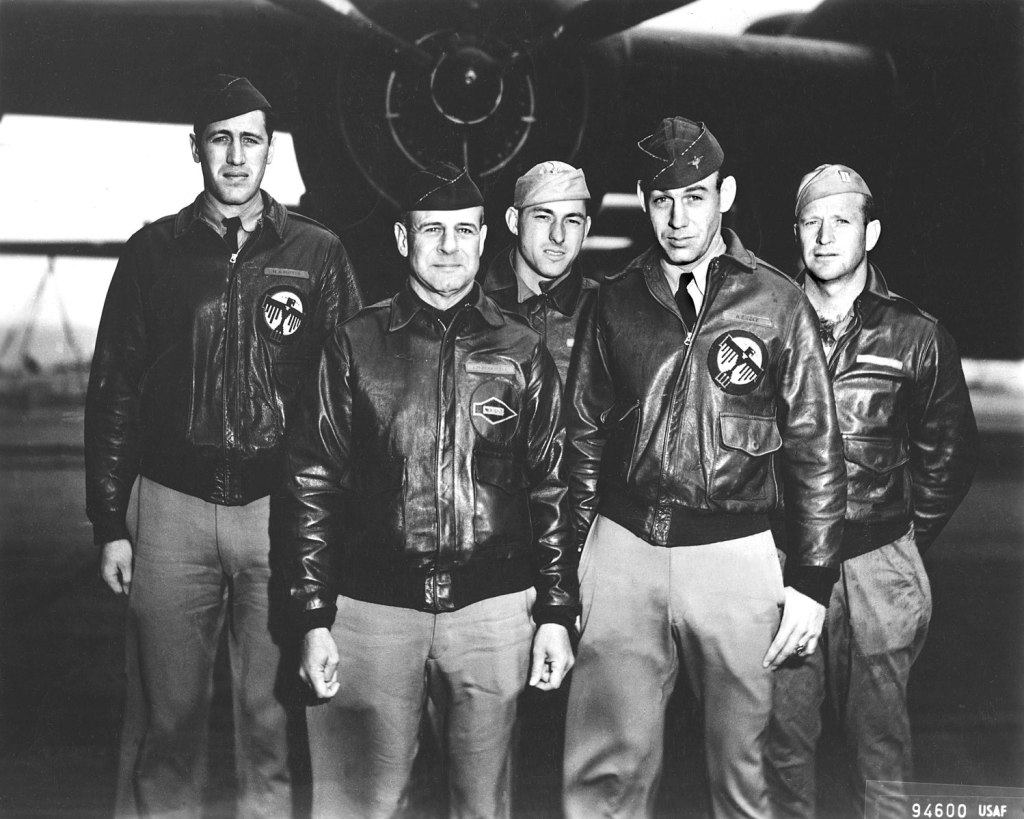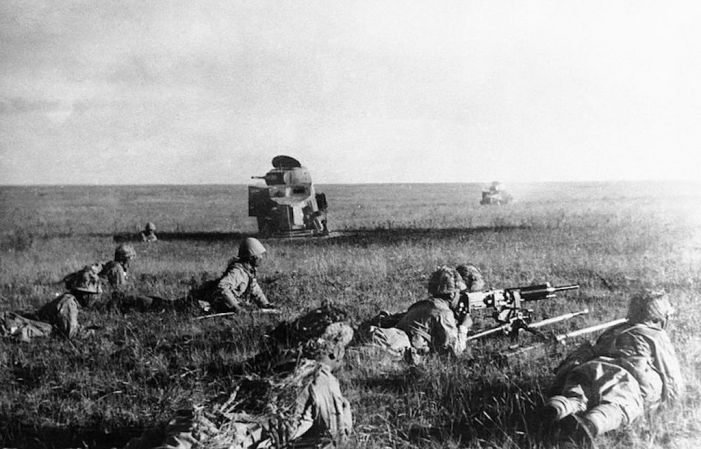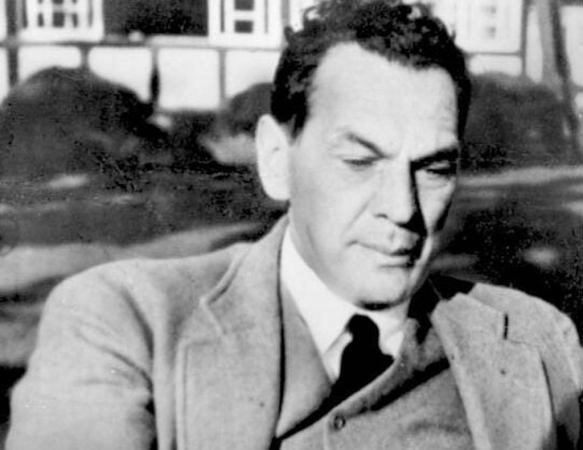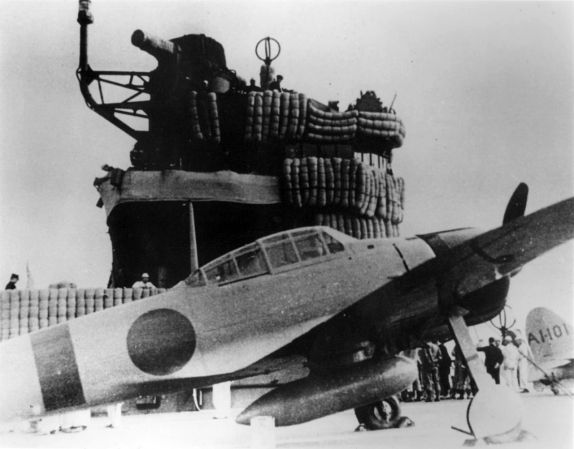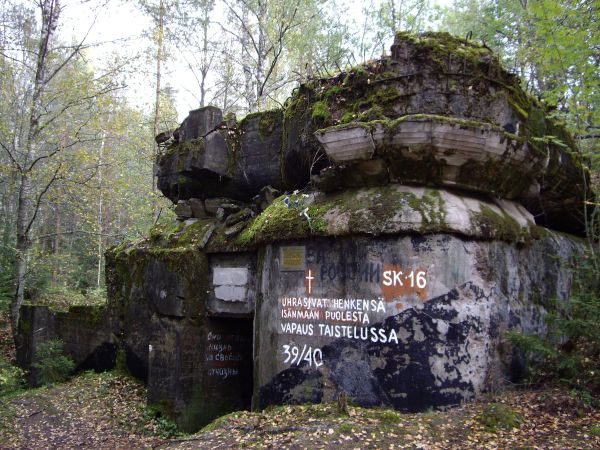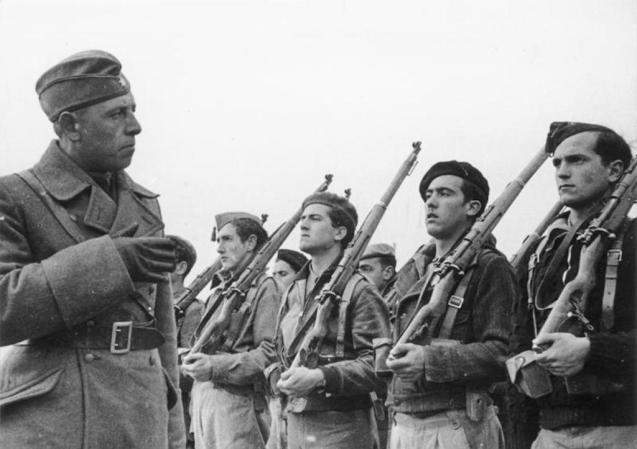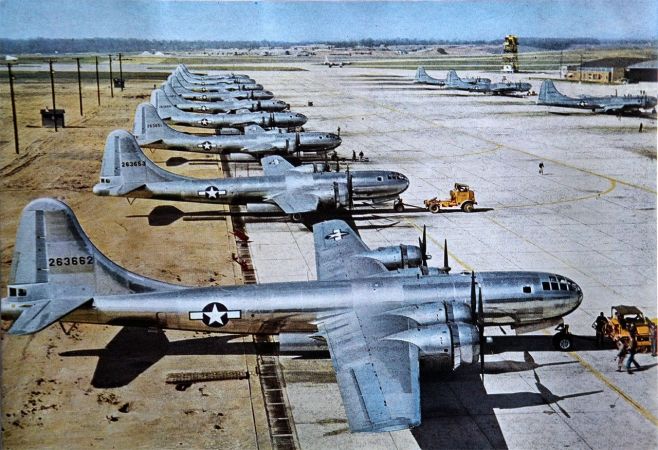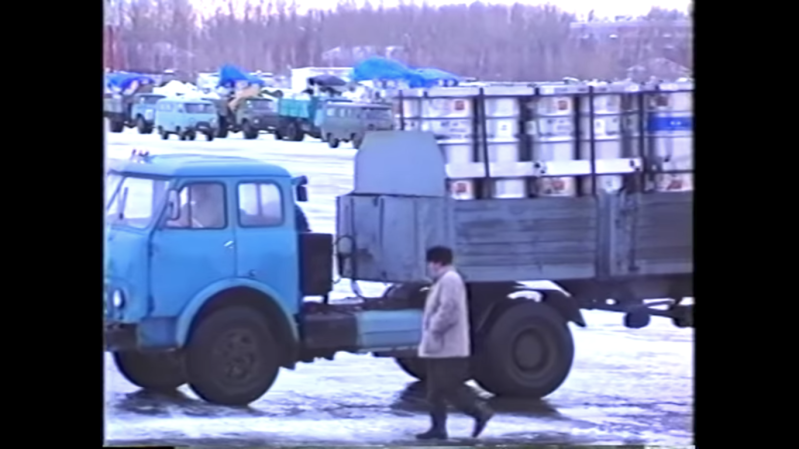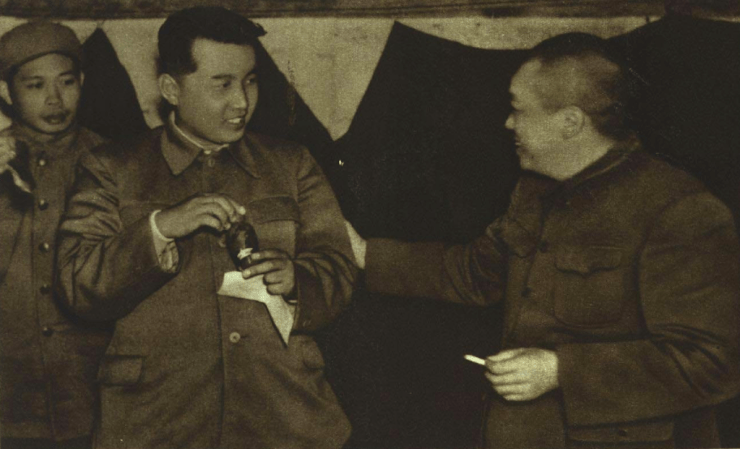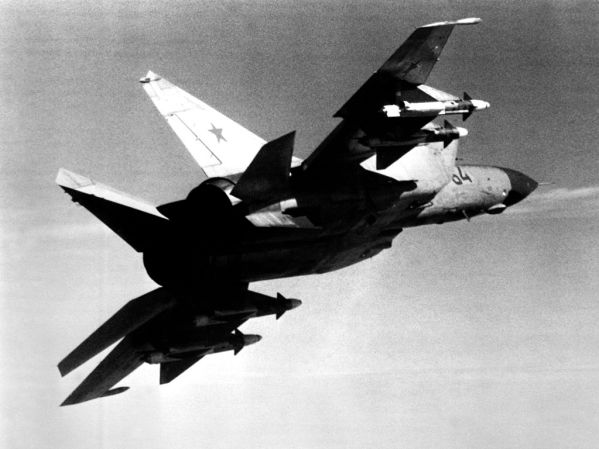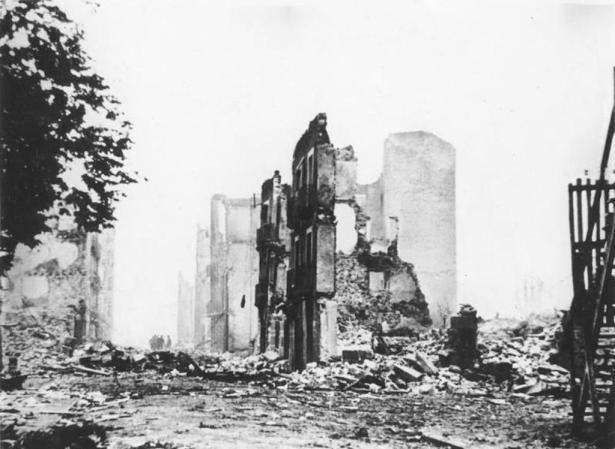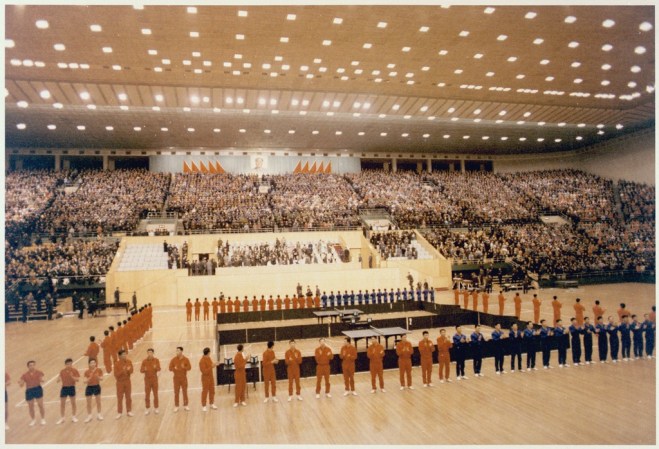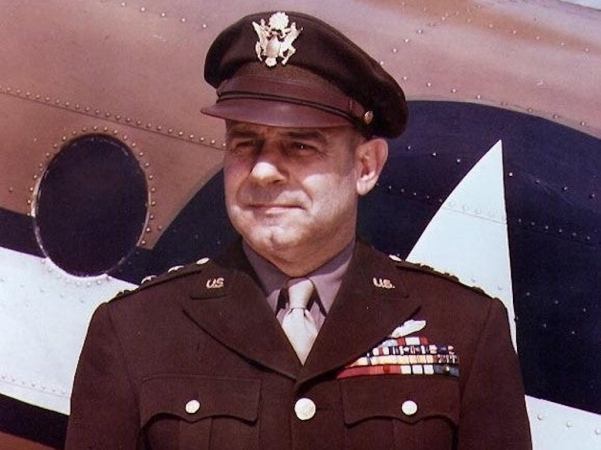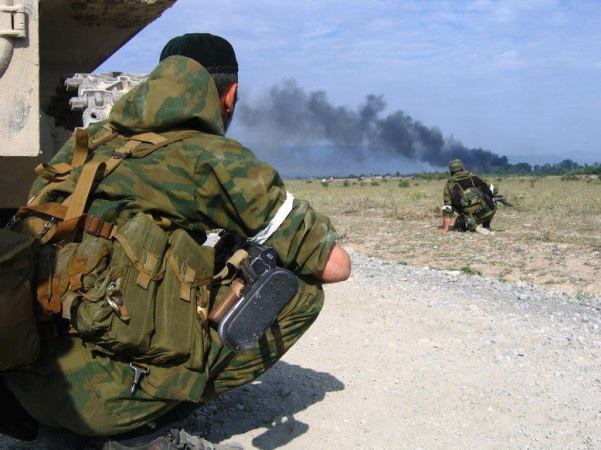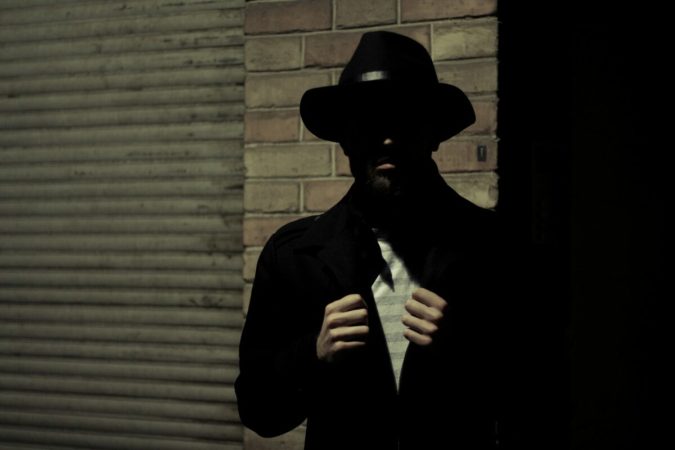On April 18, 1942, 60 officers and crewmen aboard 16 B-25 Mitchell bombers did the improbable. They took off from the flight deck of the USS Hornet and flew a bombing mission over the Japanese Empire’s capital of Tokyo and a few select other targets on its home island. It was not only revenge for the sneak attack on Pearl Harbor, it was a reminder to Japan that it wasn’t invincible – the war it started would soon come to them.
The Doolittle Raid, as it came to be named after its chief planner, Lt. Col. Jimmy Doolittle, didn’t hurt Japanese war efforts and only killed around 50 people. For Americans, it was a huge morale booster at a time when things looked pretty grim. For the raiders, it looked like a suicide mission. In the end, three would die in the raid and four of the eight captured raiders would be killed by the Japanese or die in captivity.
After dropping their payloads, the Raiders were to fly to bases in China, refuel and head for the safety of American forces. All but one would either crash in China or be ditched into the sea. The 15 that would crash headed for Chaozhou in China, the one that survived headed for Vladivostok in the Soviet Union – so why didn’t they all head for the USSR?
The pilot of one of the American Mitchell bombers flew to the Soviet Union anyway. Capt. Edward York, knowing he didn’t have the fuel to make it to China, would land his plane at the Vozdvizhenka base in Primorsky Krai in the Soviet Far East. As an ally of the United States, it should have refueled the Americans and sent them on their way, or at least help get the crew to safety, but its relations with Japan made for a sticky diplomatic situation.
In 1942, the Soviet Union had yet to recover from Operation Barbarossa, Nazi Germany’s devastating invasion of the USSR. 2.3 million Red Army troops were captured, and more than 750,000 were killed. Still, despite the Soviet war with Japan’s Axis ally and the fact that Japan had brought the United States into the war on the Soviet side, Japan and the Soviet Union maintained a strict neutrality pact, a pact the USSR couldn’t afford to break.
In China, most of the missing crewmen escaped to friendly lines with the help of the Chinese. Only eight were captured by the Japanese (three were executed). In spite of the decades of animosity between the US and the USSR that would come after the war, the two countries worked well together during World War II, but the Soviets couldn’t just let the Americans go.
Their B-25 bomber was impounded and the crew was officially interned. They wouldn’t be seen again until they arrived at the British consulate in Allied-occupied Iran in May 1943, 13 months later. Internment doesn’t equate to mistreatment, at least, not in this case. Some accounts say the Americans were greeted with a traditional Russian feast after the confusion of an American bomber landing on a Soviet airfield was cleared up.
Then the NKVD showed up. The NKVD was, at the time, the People’s Commissariat of Internal Affairs, both an official police force and a secret police, and was responsible for much of Stalin’s repression and purges. Since the Russian-Japanese pact forced the USSR to ensure the Americans remained neutral for the rest of the war, the NKVD moved the bomber crew deep inside Soviet territory.

They offered to train Soviet bomber crews (as the Lend-Lease Act would send B-25s to the USSR in the coming months) but ended up in the Ural mountains, living among the Russians there, but supervised by the NKVD.
After seven months, the airmen were anxious to get back into the war and thought of escaping the cold, harsh conditions of the Urals. The Soviets treated them well, but times were hard for everyone in the USSR. They wrote a letter hoping to get work in a warmer climate, and surprisingly, the letter worked. A Soviet official arrived to take them to Ashgabat, in modern-day Turkmenistan.
When they boarded a truck to head for Ashghabat, a man named Kolya was waiting for them. He had several bottles of vodka for the journey. The airmen became friends with Kolya, who was working in the same airfield. Eventually, they got his help to form an escape plan. Kolya introduced them to a smuggler who would get them across the border into Iran, which was nearby. He even brought them a hand-drawn map of the area and arranged a truck to take them to the British consulate in Meshad once they were in Iran.
The Americans left their Soviet overseers and crawled under the barbed wire that separated Iran from the Soviet Union, as the border guards looked the other way. The British moved them in secret through India, the Middle East, and Africa until they finally ended up on American soil in May 1943, some 400 days after the raid.
In the decades that followed, especially after the collapse of the USSR, it came to light that the entire escape was orchestrated by the Soviet authorities. Kolya was really Major Vladimir Boyarsky, an NKVD operative, who had been personally ordered by Stalin to engineer their escape. Everything, from their jobs to the barbed wire at the border crossing was faked to make the airmen think they had escaped.

